Sightseeing Spots in Wajima City, Ishikawa Prefecture
Wajima City in Ishikawa Prefecture is the strongest tourist destination. There are too many sightseeing spots to visit in one day.
Wajima City in Ishikawa Prefecture is in the northwestern part of the Noto Peninsula. It is a popular tourist destination famous for Wajima-nuri Japanese lacquerware, Wajima Morning Market, and Shiroyone Senmaida rice terrace. The sightseeing district is roughly divided into the urban area where Wajima Port and Marine Town are located, and Monzen-machi area around Sojiji Temple. In the urban area, there are many sights to see such as the Wajima Museum of Urushi Art, the Wajima Morning Market, the Wajima Kiriko Art Museum, and the Go Nagai Wonderland Museum. The Monzen-machi area, located in the western part of Wajima City, is developed as monzen-machi “temple town” of Sojiji Temple, the head monastery of the Soto Zen Buddhism. There are Sojiji Soin Temple, Kotogahama beach, Tenryo Kuroshima, and Magaki no Sato in the area. Shiroyone Senmaida rice terrace is located near the Michi-no-Eki roadside station “Senmaida Pocket Park” along Route 249 from the center of Wajima City toward Suzu. Keep going towards Suzu, you will find Sosogi Beach and Kamitokikunike residence. Now, let’s discover the Wajima City tourism attractions.
Wajima Asaichi Morning Market
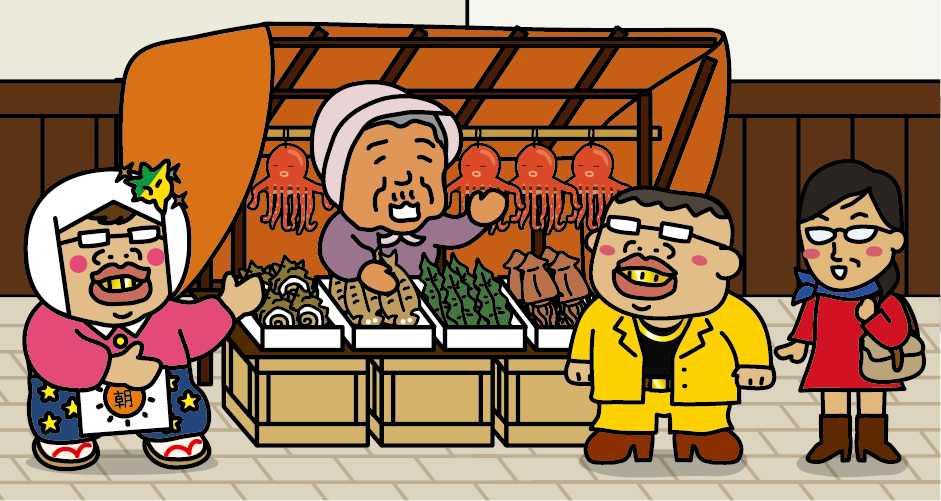
In Wajima City, Wajima Asaichi Morning Market is very famous. There are rows of over 200 street stalls on Asaichi Street, which is approximately 360m long, selling fresh vegetables, fruits, flowers, fresh seafood, homemade dried fish, mochi rice cakes, pickles and variety goods and handicrafts. The Wajima Morning Market is Japanese oldest fishermen’s and farmers’ market with a history of more than 1,000 years and it is originated from a custom that people would barter their products on each shrine festival day. The morning market is held 8:00-12:00 every morning, except for the second and fourth Wednesdays of each month and the first three days of the New Year.
Go Nagai Wonderland Museum
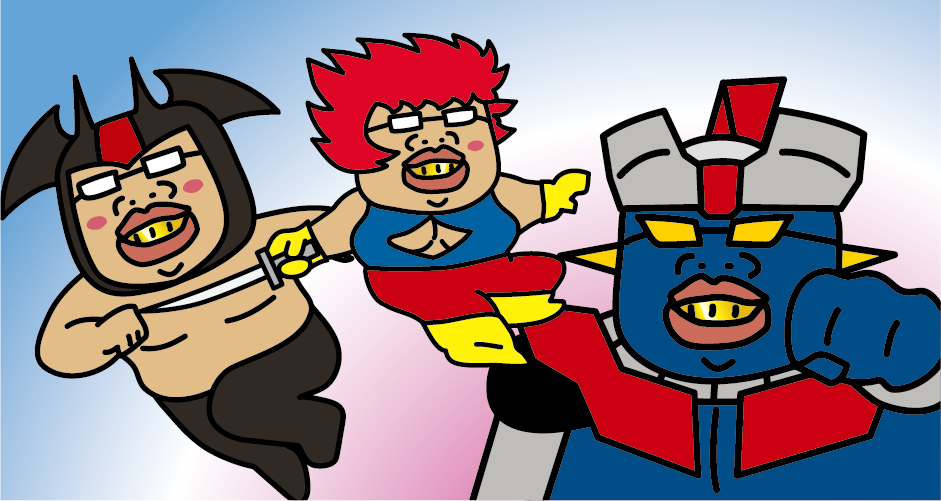
At “Go Nagai Wonderland Museum”, you can browse the history of comic artist Go Nagai from Wajima City, as well as his popular works such as Mazinger Z, Devilman, and Cutie Honey. It is located on Wajima Morning Market Street. In addition to the 2m-tall Mazinger Z and life-size Devilman figures, valuable original arts are also on display.
Wajima Kiriko Art Museum
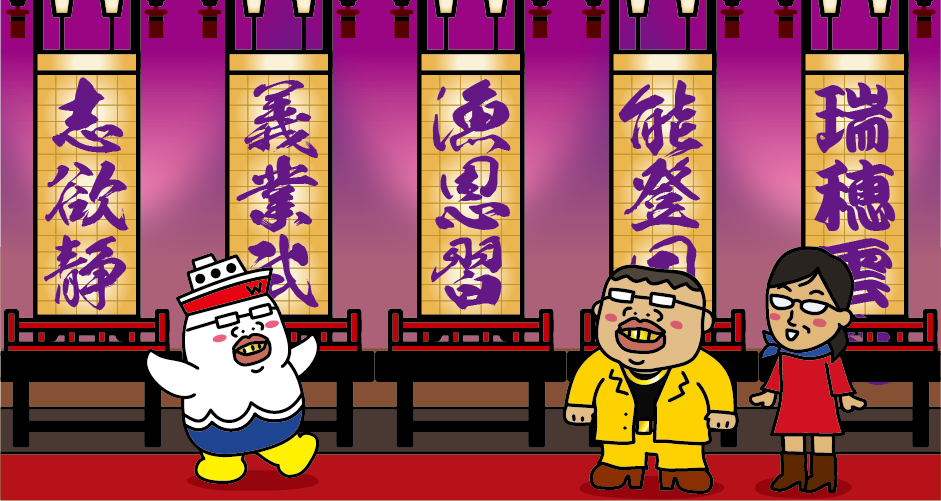
From July to October every year, the Kiriko Festival is held throughout the Noto Peninsula. The Kiriko is a 5-10 meters tall giant lantern with carrying poles like a mikoshi portable shrine. Local youth carry it out in high spirits and parade around the town with the mikoshi. In 2015, the Kiriko Festival was registered as a Japan Heritage by the Agency for Cultural Affairs. Wajima Kiriko Art Museum displays about 30 Kiriko of various sizes. The Kiriko Festival is recreated inside the museum with music and lighting, so you can enjoy the atmosphere of the festival throughout the year.
Gojinjyo Taiko Drums
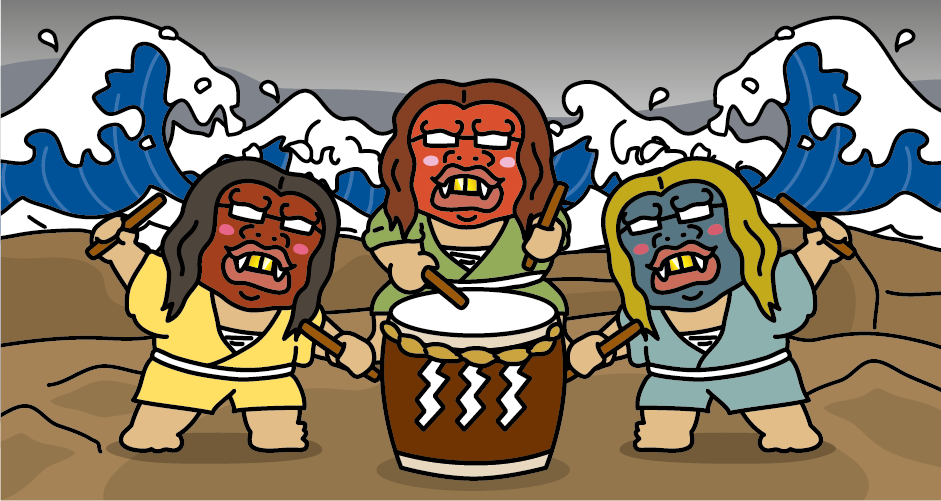
“Gojinjyo Taiko Drums” is a traditional Shinto ritual performing art in Nafunemachi, Wajima City. The origin of Gojinjyo Taiko Drums is that in 1577, when Uesugi Kenshin’s forces attacked the village, the villagers put on strange masks, disheveled seaweed hair, and beat the drums while launching a surprise attack and repelling the Uesugi army. The villagers believed it to be the divine virtue of Okutsuhime Shrine (also known as Tagorihime no Mikoto) of Hegurajima Island, and dedicate Gojinjo Taiko Drums at the “Nafune Taisai festival” on every July 31st and August 1st. From late April to early October every year, Gojinjyo Taiko Drums performances are held at the Wajima Kiriko Art Museum.
Wajima Museum of Urushi Art

Lacquer art is a world-famous traditional craft in Japan. Wajima City is famous for a production of Wajima-nuri, a high-class lacquerware that represents Japan. The “Wajima Museum of Urushi Art” was opened for helping people to deepen their understanding of lacquerware and for becoming a base to disseminate new lacquerware culture for the future. They introduce the history and techniques of Wajima-nuri along with several themes to enjoy the charm of lacquerware, from classics to contemporary works. In the exhibition space on the 1st floor, there is a large Wajima-nuri globe “Earth at Night” created by the Wajima Lacquerware Technique Preservation Society, a holder of an Important Intangible Cultural Property (Living National Treasure), over the course of 5 years is open to the public free of charge. The globe is about 1.5m high and 1m in diameter and expresses the “earth at night” by the color of the lacquer. A sphere is made by combining wooden ring-shaped boards, and the city lights on the ground are painted using the technique of “Chinkin*” and “Maki-e*” based on satellite images. *Chinkin, a technique to creating a fine and delicate design. Incise lines and dots into a lacquered surface and gold powder is then inlaid into the grooves. *Maki-e is a technique of painting lacquer motifs on the surface of a piece using a fine brush and then sprinkling gold powder onto the lacquer before it hardens.
Wajima Lacquerware Museum
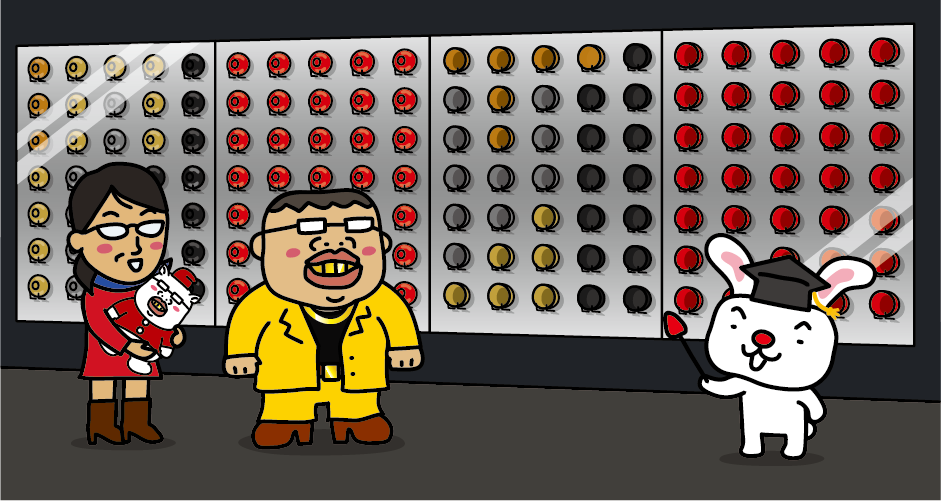
On the first floor of the Wajima Lacquerware Museum, about 60 lacquerware shops in Wajima City jointly open a shop to display and sell their products. On the second floor, about 3,800 items of Important Tangible Folk Cultural Properties, “Wajima-nuri lacquerware production tools and products”, are exhibited.
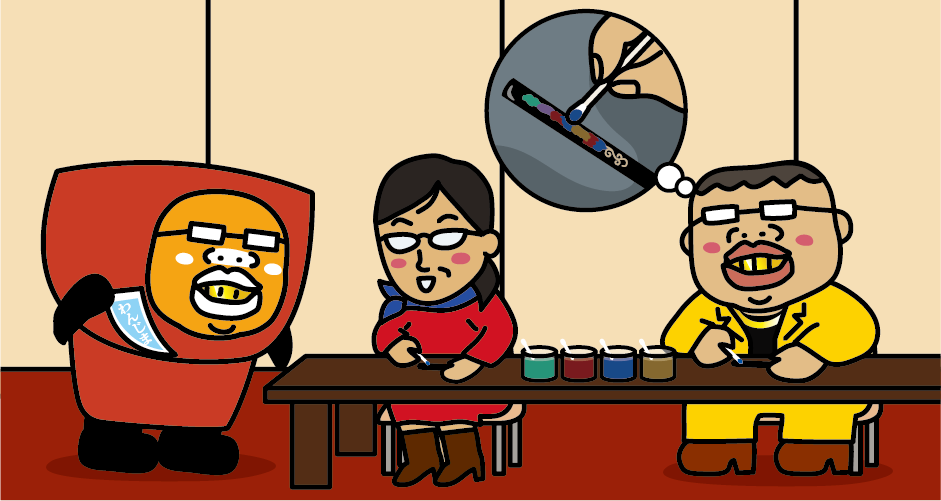 At Wajima Kobo Nagaya studios, you can experience Wajima-nuri “Chinkin” and “Maki-e”. You can make your original lacquered board or chopsticks.
At Wajima Kobo Nagaya studios, you can experience Wajima-nuri “Chinkin” and “Maki-e”. You can make your original lacquered board or chopsticks.
Hegurajima island

Hegurajima island is a small island located about 48km north of the Noto Peninsula. There is a regular ship makes one round trip a day from Wajima Port and takes about 100 minutes to get to the island. Hegurajima island is known as a stopover for migratory birds where many wild birds stop by. Because the area around Hegurajima Island is also known as a treasure trove of fishes, it’s called a “sacred place” not only for bird watchers but also for anglers. The circumference of the island is only about 5 km and you can walk around it in about1-2 hours. Compared to the size of the island, there are many shrines pray for prosperity in the fishing industry and safe voyages. The stone walled shrines and stacked rocks make an atmosphere of the island extremely unique. As a side note, Hegurajima Island is known as “Ama divers’ Island”, where turban shells, abalone, wakame seaweed are harvested, and Ama divers’ fishing (female diving fishing) has been flourishing for more than 400 years. In the past, fishermen and Ama divers from Wajima migrated to Hegurajima island in groups every June to collect shellfish and seaweed, and returned to Wajima in groups at the end of October. Currently, more and more people living on the island even in winter.
Shiroyone Senmaida rice terrace
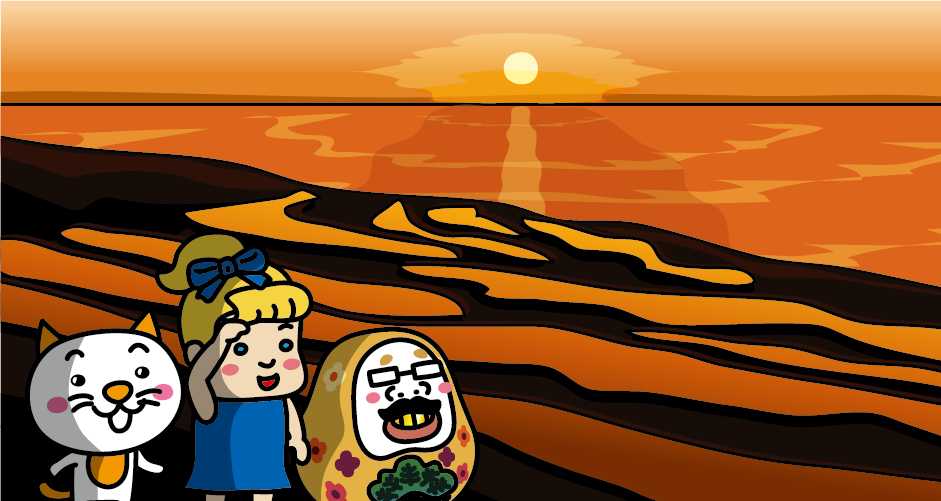
Shiroyone Senmaida rice terrace is a terraced rice field in Shiroyone Town, Wajima City. There are 1004 small paddy fields on the slope of about 4ha facing the ocean. It is called Senmaida because of the large number of paddy fields, but there is also a theory that it’s came from “Semai Ta”, the extremely small size of the paddy fields in Japanese. During the planting season, the sun shines on the surface of the water and the sunset over the Sea of Japan dyes the terraces orange at dusk. In summer, the contrast between the ocean and sky blue and the green paddy fields is spectacular, and golden ears of rice beautifully color the terraces during the harvest season. In addition, during off-season from October to March, the illumination makes a magical atmosphere at night. Once the snow falls, the scenery will be completely different.
Sosogi Beach
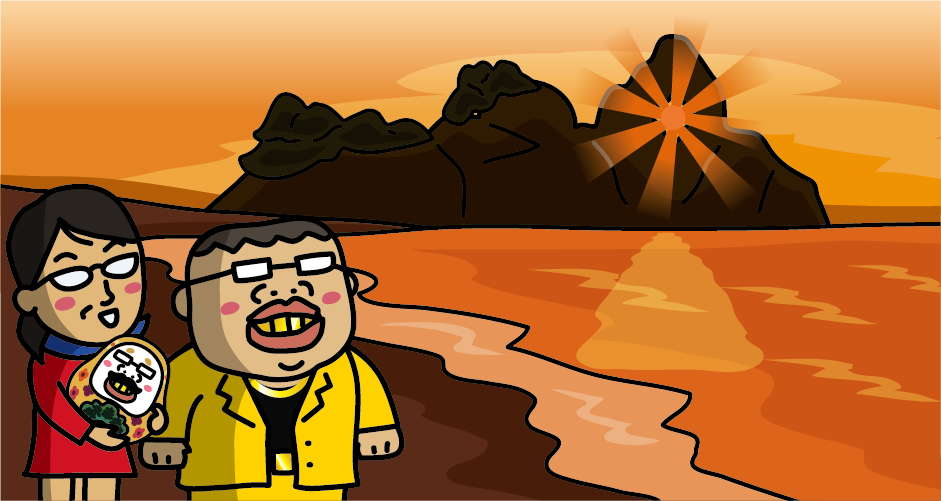
“Sosogi Beach” is one of the best sights on the Noto Peninsula and has been designated as a Places of Scenic Beauty and a Natural Monuments. There are famous places such as “Madoiwa” Rock, “Fukugaana” Rock Cave, and “Tarumi Falls”, and in winter, the waves crashing on the shore turn into white foam. The white foam is called “nami no hana(wave flower)”, and you can see the wave flower covering the coast.
Kamitokikuni family Residence

“Kamitokikuni family Residence” is a wealthy farmer’s residence that was the headman of the Tenryo (a land under the direct control of the Tokugawa Shogunate) in the Edo period. It is one of the largest surviving wooden private houses from the Edo period and it is designated as an Important Cultural Property open to the public. The ancestor of Kamitokikuni is said to be Taira no Tokitada, the brother-in-law of Taira no Kiyomori, who was exiled to Noto after being defeated in the Battle of Dannoura in 1185. His son, Tokikuni, was the 1st head of the family and the current head is the 25th. The highlight of the Residence is the “Dainagon no Ma” room, a hall used for official business. The story is told that since the official rank of Taira no Tokitada, who was the chief councilor of state was Dainagon, the lord of the Maeda family, who was a Chunagon, was reluctant to enter the room because he was too afraid to do so. The ceiling of the hall is decorated with a high-class coffered ceiling, and the Fusuma sliding door is decorated with the Kamon family crest of the Heike family. In addition, the garden is said to be modeled in the style of the Kamakura period and designated as a Places of Scenic Beauty because it is very valuable as a Chisen Kaiyu style garden with Shinjiike pond. Next to the Kamitokikuni family, there is a branch family (Shimotokikuni family), and the buildings and gardens of the branch family are also designated as Places of Scenic Beauty and Important Cultural Property.
Magaki no Sato
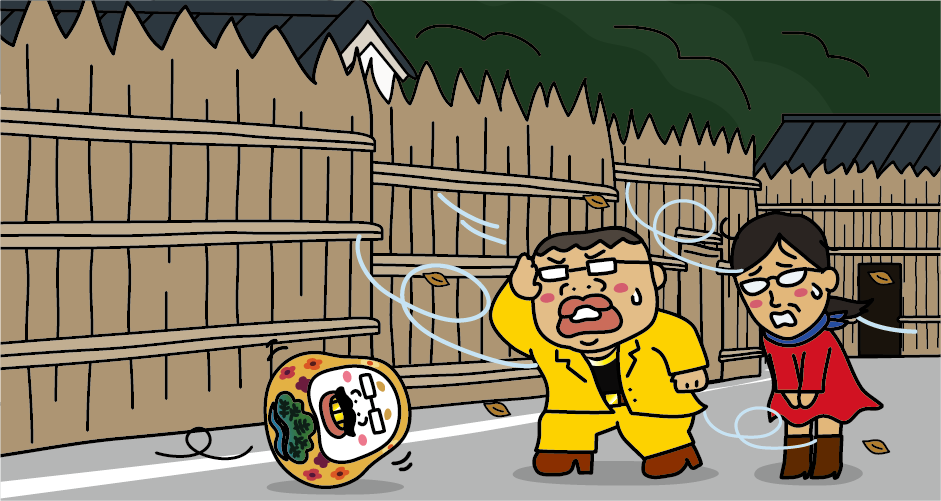
At “Magaki no Sato”, you can see the sight of a village surrounded by a fence to protect the houses from the harsh winter winds blowing from the Sea of Japan. Magaki is a fence made out of about 3m-long bamboos without gaps. Windbreak fences are often seen along the coast of the Sea of Japan, however, since it is usually installed for each house, it is rare to have a fence that surrounds an entire village.
Totoro Rock
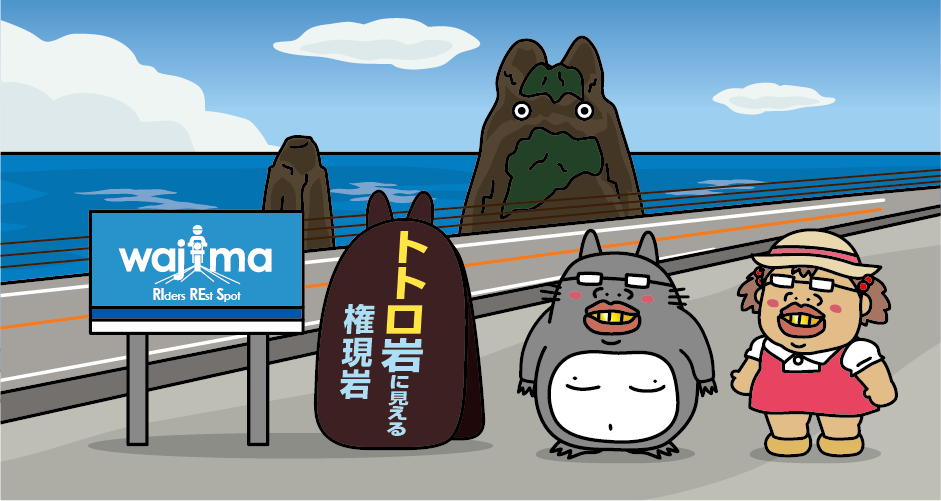
An exotic rock called “Tsurugiji Gongen-iwa” rock can be seen along Route 249 (Monzen-machi area) from Masuhoura coast towards Wajima. It is also called “Totoro Rock” because it looks just like Totoro from Studio Ghibli’s movie “My Neighbor Totoro”, and the rough rope decorated with strange rocks looks like an eye-ball. Tsurugiji Gongen-iwa is named after “Tsurugiji”, the name of the village and “Gongen”, the temporary form of the Buddhas who appeared to save people. There is a square (parking lot) in front of “Totoro Rock” across the road, and it has become a popular spot where to take photos for the social media.
Kotogahama Beach
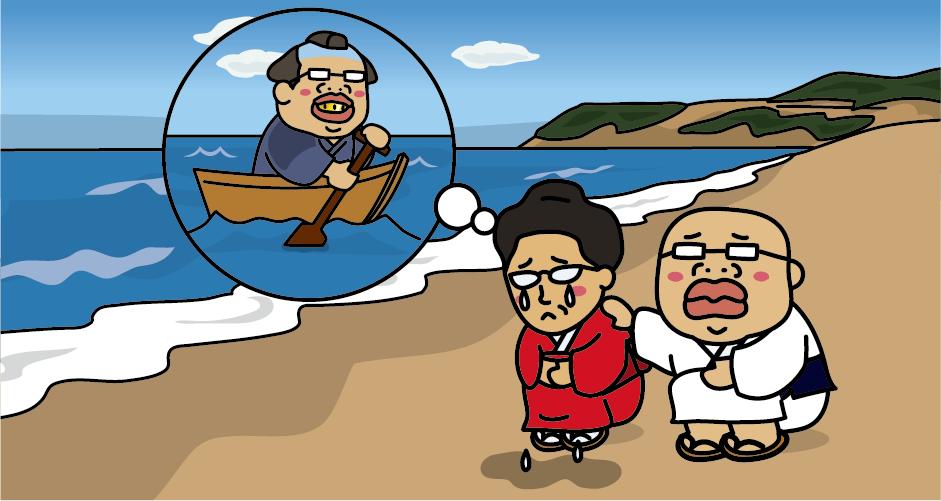
“Kotogahama Beach” located near “Totoro Rock” is known as “Nakisuna” the singing sand beach and when you rub the sand as you walk, you can hear the strange squeaky sound. Since the Nakisuna beach contains many quartz grains, the sand grain layer vibrates and produces sound when force is applied to it. Nakisuna sand loses its sound when the surface of quartz grains becomes soiled, but once it is washed with sea water, the dirt on the surface is removed and it sounds again. There is a tragic love story about the Nakisuna sand of Kotogahama. A long time ago, Osayo from Tsurugiji and Juzo, a sailor from Wajima, were in love. One day, Juzo lost his life at sea due to stormy weather. Osayo had been waiting for Juzo on the beach for many days, and Osayo’s tears continued to seep into the sand. Osayo is saddened by her sudden separation from Juzo and throws herself into the sea, and Nakisuna is said to be Osayo’s cry. Because of the tragic love legend, the local people came to call this beach “Gomekihama” (“Gomeki” means “cry” in Japanese dialect). Nakisuna sand is called “musical sand” or “singing sand” overseas and the name “Kotogahama” was given to it only in recent years.
Sojiji Soin Temple

“Sojiji Soin Temple” is the former head monastery of the Soto Zen Buddhism built in 1321 on the Noto Peninsula, along with Eiheiji Temple in Fukui Prefecture. After a large fire destroyed Sojiji in 1898, the temple gate and Buddhist temple were rebuilt. When the function of the head monastery was moved to Yokohama City, Kanagawa Prefecture in 1910, it was treated as a branch temple of Sojiji Temple and started to be called “Sojiji Soin Temple”. Incidentally, Sojiji Temple helped Wajima’s special product “Wajima-nuri” to become famous nationwide. All Buddhist altar fittings at Sojiji Temple were made with Wajima-nuri, and the 50,000 monks nationwide who served as the chief priests of Sojiji Temple under the Rinju system realized the merits of Wajima-nuri and brought it back to their hometowns as souvenirs. *Rinju system is a management system that the chief priest changes in a short period of time. The length they serve as a chief priest of Sojiji Temple varies from one day to several years.
Tenryo Kuroshima

During the Edo period (17th-mid19th centuries), the neighboring villages were under the Kaga clan territory, while the Kuroshima village in the Monzen-machi area was under the direct control of the Tokugawa shogunate (Tenryo). The Kuroshima village was prospered as a residential area for the owners and sailors of the Kitamae-bune boat who sailed the Sea of Japan (western route). “Tenryo Kuroshima” has a beautiful black roof tiles unique to Noto, and the townscape still retains the remnants of the past. In 2009, it was selected as an Important Preservation District for Groups of Traditional Buildings.
Amamehagi

“Amamehagi” is a traditional New Year’s event in the Noto Peninsula. “Amame” is a red “fire spot (erythema ab igne)” that appears on your hands and feet when you are exposed to the irori hearth or kotatsu table for a long time. It is a Shinto ritual performing art that a villager disguised as a god called Amamehagi visits the houses and peels off the Amame, which is a symbol of laziness, with a flea and a hammer. It is started to reprimand lazy people who spend all their time in the fire before the start of cultivation in spring and it is now practiced as part of the discipline of children. Amamehagi is an event like Namahage in Akita Prefecture and Amahage in Yamagata Prefecture. It is thought to be the original Japanese belief that the gods visit each house on New Year’s Eve. In 2018, Amamehagi, which has been handed down in the Monzen-mchi district of Wajima City and Noto Town, Hoshu-gun, was added to UNESCO Intangible Cultural Heritage along with the Namahage in Akita Prefecture as “Raiho-shin: ritual visits of deities in masks and costumes”.
Access to Wajima Marine Town
[Train] It takes about 2 hours and 45 minutes from JR Tokyo Station to JR Kanazawa Station by Hokuriku Shinkansen. Get off at JR Kanazawa Station. It takes about 1 hour and 30 minutes from JR Osaka Station to JR Tsuruga Station by limited express train. Transfer to the Hokuriku Shinkansen at JR Tsuruga Station and it takes about 40 minutes to JR Kanazawa Station. Get off at JR Kanazawa Station. It takes about 2 hours and 30 minutes from JR Kanazawa Station to Wajima Marine Town by limited express bus.
[Airplane] It takes about 1 hour from Haneda Airport to Noto Airport. * Flights operate every day, twice a day. About 5-minute walk from Noto Airport to the Noto Satoyama Airport bus stop, and about 30 minutes from the Noto Satoyama Airport bus stop to the Noto High School bus stop. Get off at the Noto High School bus stop and walk for about 10 minutes to Wajima Marine Town.

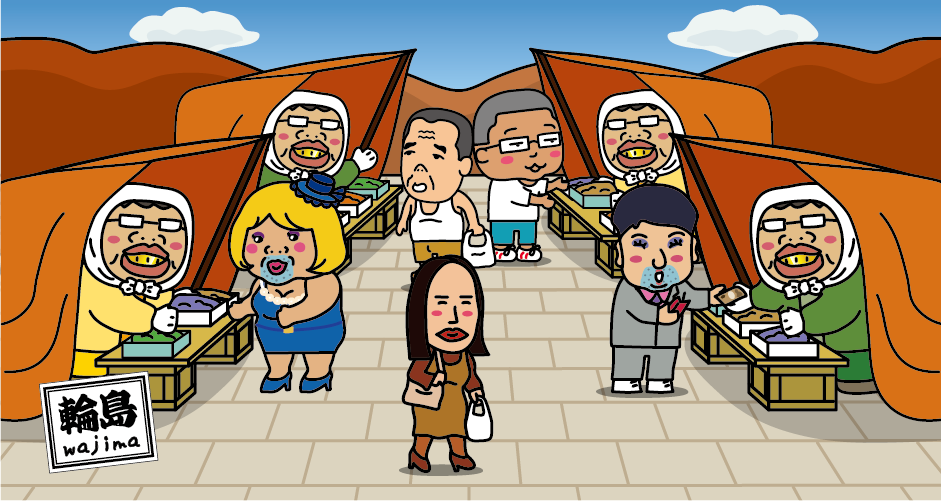


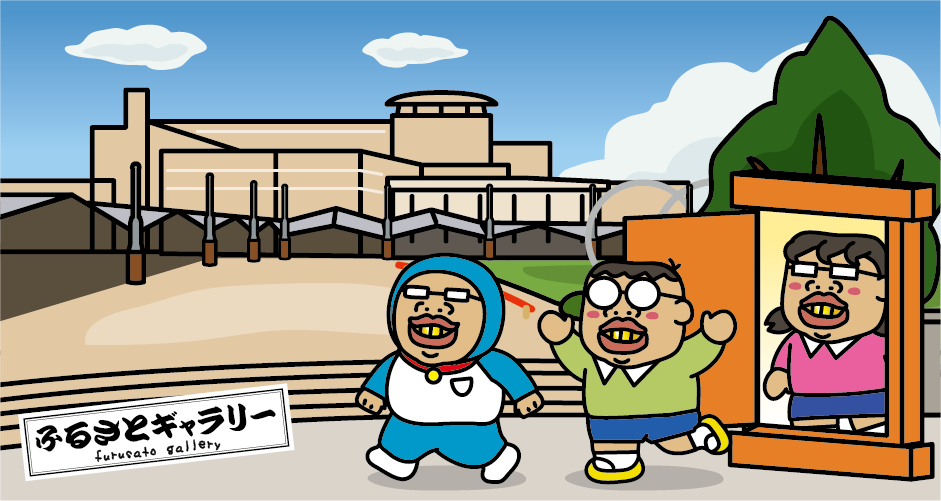

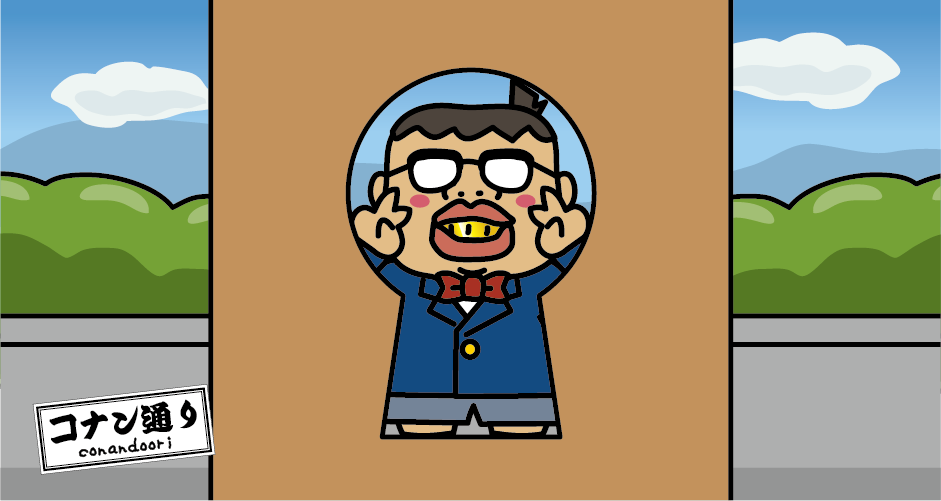
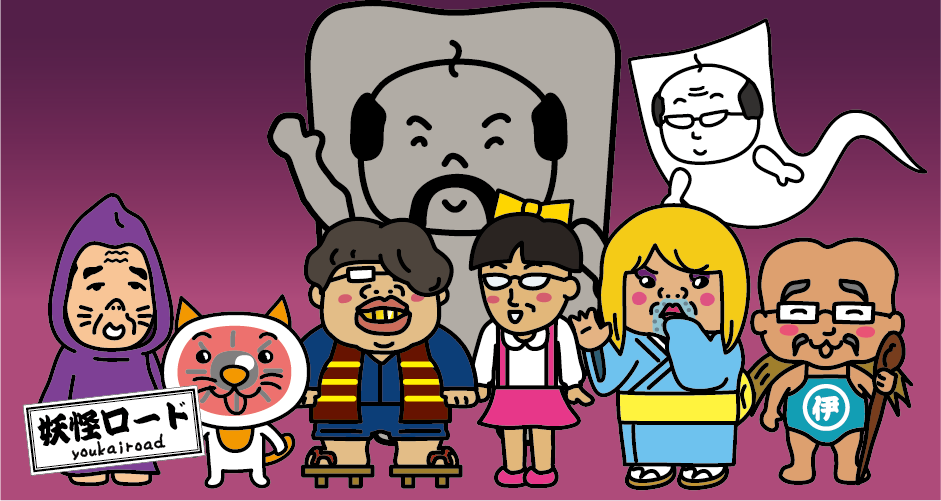

You need to login to comment on an article.